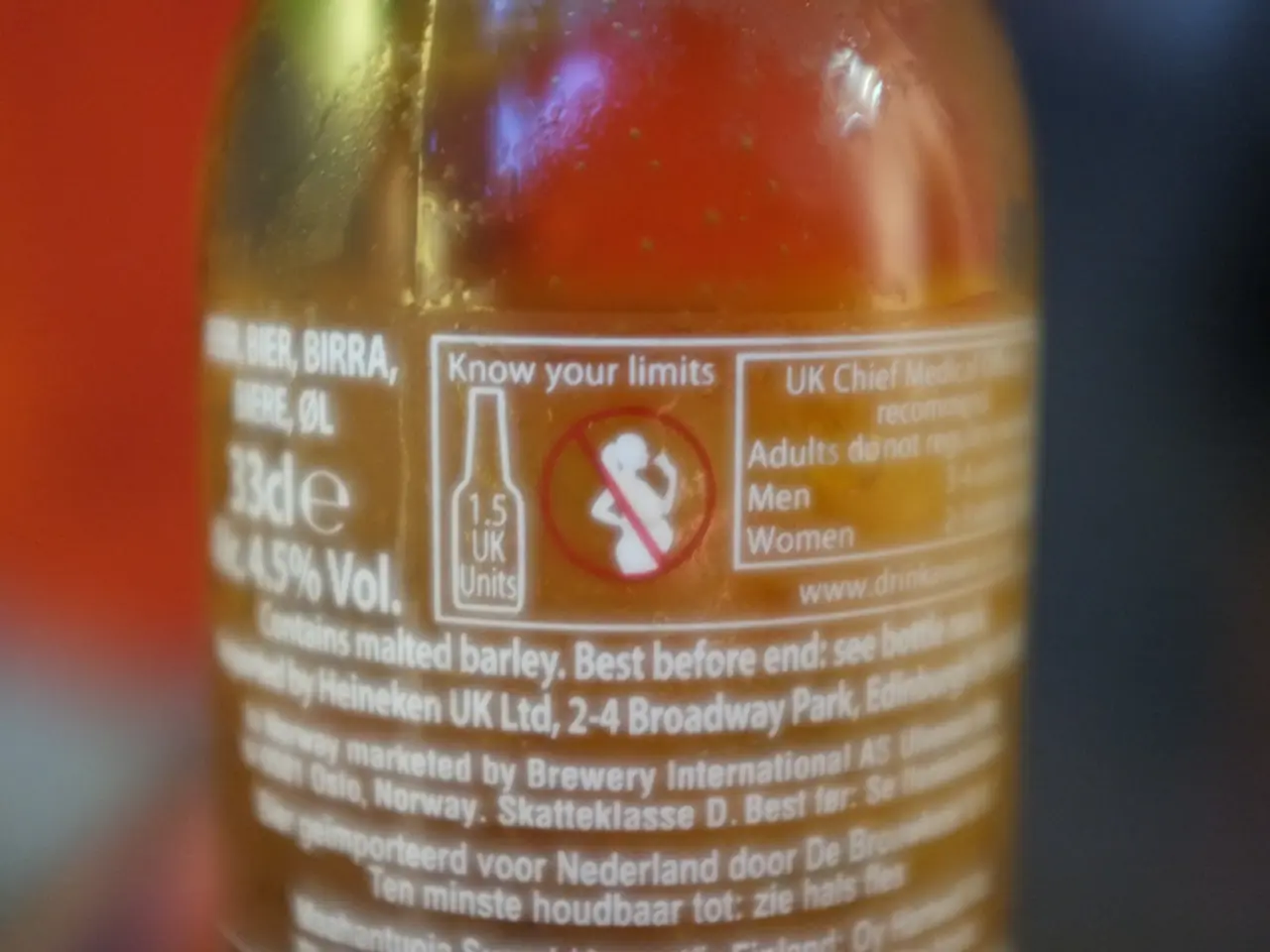Medical Device Guidelines Examined
In the dynamic and crucial world of medical devices, adherence to strict quality standards and regulatory compliance is paramount. Two key sets of standards that guide this industry are ISO 13485 and the regulations outlined in Title 21, Part 820 of the Code of Federal Regulations (21 CFR 820).
ISO 13485, similar to its counterpart ISO 9001, establishes general quality standards, but is specifically tailored to the medical device industry. In the European Union (EU) and other countries, medical device manufacturers are required to achieve certification in this standard to ensure the safety, efficacy, and quality of their products. The certification process is carried out by independent certification providers who evaluate each manufacturer annually, examining their quality records.
In the U.S., medical device manufacturers must also adhere to 21 CFR 820. This comprehensive set of regulations covers a wide range of quality-related practices, including a standard device design process, change control process, risk management process, customer complaint system, Corrective and Preventive Action (CAPA) process, supply-chain traceability, verification and validation processes, training management process, and documentation processes.
The regulatory environment for medical devices can be complex, but companies like RBC Medical Innovations can help medical device companies navigate this environment and bring products to market faster with fewer hiccups.
In the U.S., the Food and Drug Administration (FDA) classifies medical devices according to their risk levels, with Class III devices having the highest potential for risk. Class II and III devices must go through either the Premarket Authorization (PMA) or Premarket Notification (PMN) evaluation and approval processes. A PMA can take years to complete and cost a company millions of dollars, while the PMN (known as a "510(k)" in the medical device industry) is less demanding and requires less-extensive clinical evaluation.
The FDA's 1938 Food, Drug, and Cosmetic Act and the 1976 medical device amendments require medical device manufacturers to show that their products are safe and effective for their intended uses to sell them in the U.S. An application and supporting documentation must be submitted to the FDA for evaluation in both cases, and approved devices can then be marketed in the U.S.
In the EU, the Notified Bodies designated by the European Union are responsible for the certification of medical devices under the Medical Device Regulation (MDR). Similar evaluation and approval processes exist in other countries, and manufacturers must meet those national standards to sell their products in those countries.
To further ensure the quality of medical devices, various national and international device standards for safety, efficacy, and quality are in place. ISO 13485 incorporates the risk management requirements of ISO 14971, emphasizing the importance of risk management in the development and production of medical devices.
It is crucial to note that many physicians lack the expertise and resources to evaluate the safety, efficacy, and quality of medical devices, necessitating the development of standards for device manufacturers to meet and processes for evaluating their compliance. FDA inspectors perform similar audits, although the frequency can vary.
The breadth of objects classified as medical devices is vast, encompassing items as diverse as tongue depressors, surgical masks, blood chemistry analysis kits, electronic health monitoring devices, medical imaging equipment, implantable devices such as pacemakers and artificial joints, and more. Ensuring the quality and safety of these devices is a critical task that these standards and regulatory bodies strive to achieve.
Read also:
- Peptide YY (PYY): Exploring its Role in Appetite Suppression, Intestinal Health, and Cognitive Links
- Toddler Health: Rotavirus Signs, Origins, and Potential Complications
- Digestive issues and heart discomfort: Root causes and associated health conditions
- House Infernos: Deadly Hazards Surpassing the Flames








